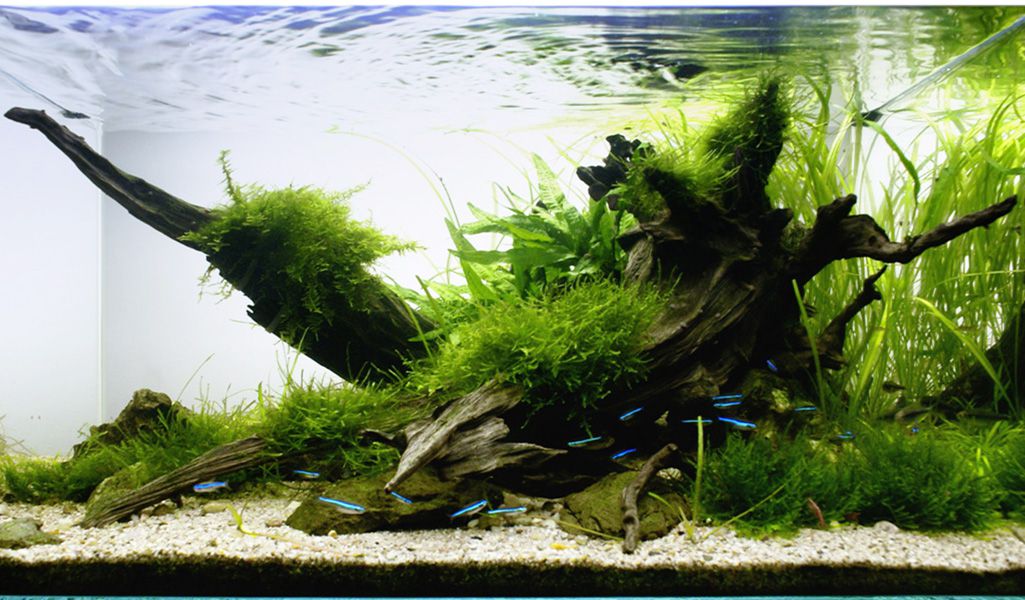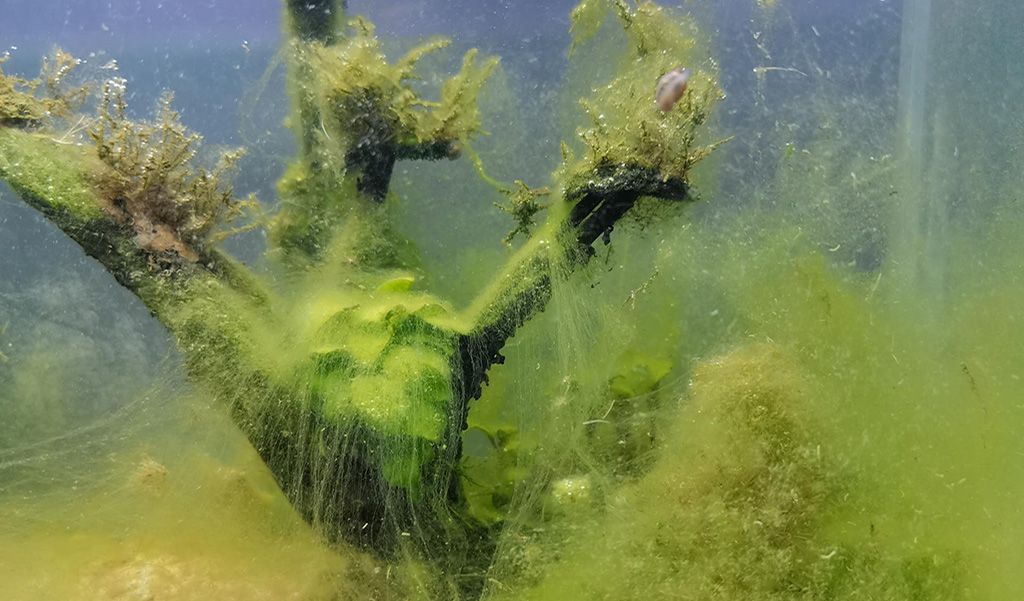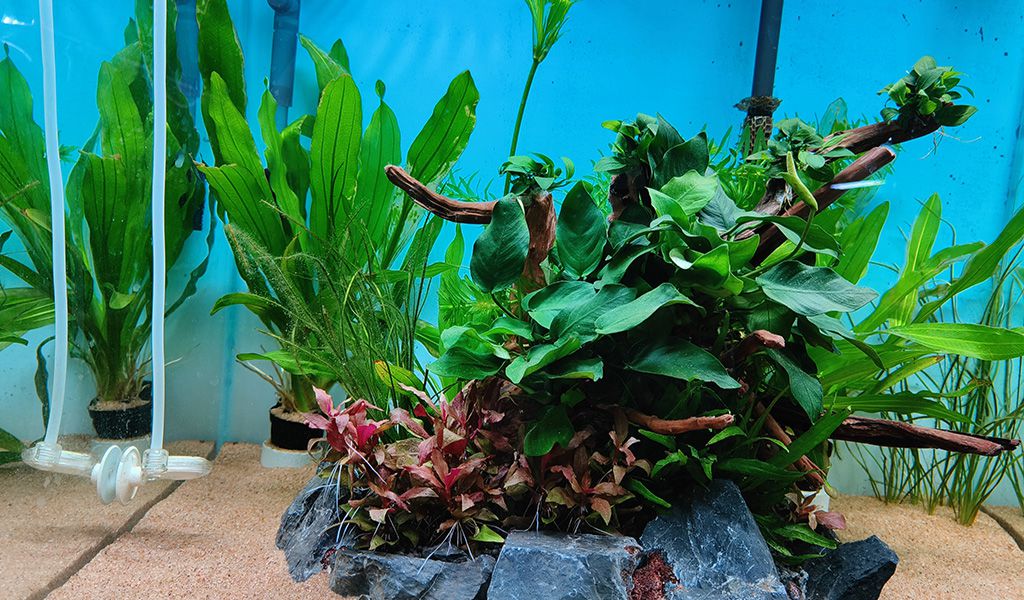Tips for Building A Giant Planted Aquarium
Aside from keeping aquatic pets in a large aquarium, like fish or aquatic turtles, it is also an excellent alternative to building a giant aquarium to hold aquatic plants, which is given a name – planted tank. In the following parts, we will cover the tips for building a giant planted aquarium and care guides. Let’s get started.
Content Table
What do I need to start a planted aquarium
Before setting up a planted tank, you may need to make preparations in advance. For example, pick up some aquarium accessories and pieces of aquarium equipment. To begin with, you should choose a suitable tank. A large aquarium may be more difficult to maintain than a small one. Also, an aquarium substrate is necessary. There are three types of substrate for you to choose from – gravel, sand, and soil. Gravel and sand do not provide minerals or nutrients for plant growth. Also, featuring high-density, sand may prevent the roots from growing. Consequently, the soil should be the best one, which can provide nutrients for aquatic plants.

Besides that, you should make sure of adequate light to enhance plants’ colors. Thus, you’d better prepare the LED light. And the color temperature range of the light should be between 6000K and 8000K. Moreover, as for the light colors, blue and red are recommended, which are beneficial for colored pigmentation.
Furthermore, adding an aquarium filter helps keep great water conditions. You can choose one according to your tank size. By the way, you should also monitor the water parameters regularly. Hence, you should also prepare aquarium water test kits.
Also, adding some aquarium decorations will improve the ornamental value of planted tanks. For instance, you can add some wood, stones, or live rocks. Additionally, aquatic plants are integral. Some low-light plants are easy to keep, such as Moneywort, Anubias, and Hornwort.
Building a large planted aquarium
Firstly, you should determine the aquascape style and layout, such as:
- Triangular layout: The right or left side is the center, while the other side should be in the shape of sloping.
- Concave layout: Take both sides as centers, and leave space in the middle of the tank.
- Convex layout: The middle of the aquarium is the center, and tall plants should be avoided on both sides.
- All-plant layout: Growing plants on every corner of a tank, which usually contains many plant types.
Next, we will have a quick look at the all-plant layout, which is friendly to beginners. There is no need for other aquascape materials or decorations. The aquarium is filled with various aquatic plants, ranging from green, pink, red, or other colors. If you are in favor of one color, it is also feasible. For example, green algae or Monte Carlo. They are just like a carpet in your tank.

Tips for care for the giant aquarium
In general, to build a healthy planted aquarium, you’d better choose a suitable tank, keep balanced nutrients, maintain ideal water conditions, and keep proper maintenance. After building a large planted aquarium, you definitely need to keep proper tank maintenance. Otherwise, the planted aquarium would be a nightmare. Next in this segment, we will share some tips about how to care for the giant planted aquarium.
Fertilizers
As for a newly built planted aquarium, it is recommended not to add fertilizers in the first three months. Otherwise, your planted tank may face thriving algae or other issues. But when slow growth, leaves discoloration, or other abnormal signs may be the result of nutrient deficiency. Consequently, you should fertilize the plants. You can make a list, then you know the time and dose to add the fertilizers. Also, substrates and liquid fertilizers are two excellent alternatives. The liquid one is perfect for aquatic plants that do not grow roots in the substrate.
Carbon dioxide
Carbon dioxide injection, ideal lighting, and great fertilizers are beneficial for plants thriving in tanks. Especially in the large planted aquarium, plants would appear pale leaves and stems or grow slowly in the case of carbon dioxide deficiency. For how to increase carbon dioxide in an aquarium, you can go to Carbon Dioxide in the Aquarium.
Light setting
In the first week, it is best to keep the aquarium light on for about 6–7 hours. After that, you can increase the lighting hours up to 8–10 hours each day. And the same goes for the light intensity.
Water changes
It is recommended to change the water once every other week. It helps to remove harmful substances, like lowering the nitrate level. After water changes, you should also add some beneficial trace elements, like iron.

Trim aquatic plants
Overgrowth, especially tall aquatic plants, would create shades, which would block the light and is damaging to other plants. Besides that, dead or dying leaves should be pruned too. Otherwise, decaying leaves accumulation will lead to bad water conditions. As a result, you should trim the aquatic plants regularly.
Introduce fish or shrimp
As the water quality gets stable, it is feasible to introduce some fish or shrimps. But you should avoid overstocking and overfeeding. Just feed them once per day. Or too much feces and waste would cause thriving algae.
Oil slicks
Oil slicks may appear on the water surface because of unstable water quality. Luckily, it can be removed easily. For example, introduce fish that eat the oil slicks, including Guppy, Black Molly, and Striped flying barb. For more additional information about removing oil slicks, you can get tips from How to Get Rid of Oil Slicks in Fish Tanks.
Reminder
To conclude, maintaining good water conditions is a particularly vital part to keep a great giant planted aquarium. Also, a giant planted tank provides more space for aquatic plants as it looks like an underwater forest. Finally, thanks for taking the time and we hope this article helps.
